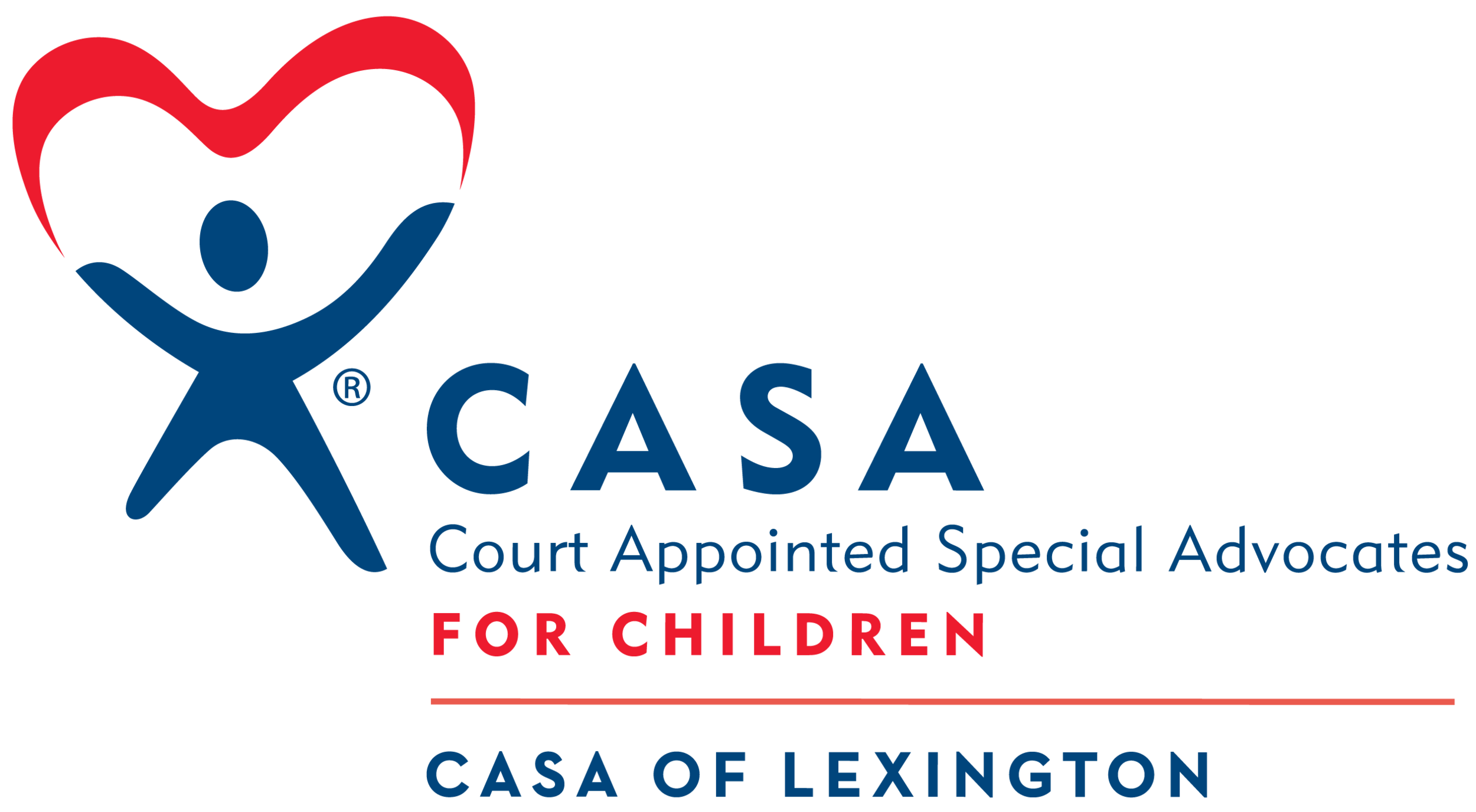3 Benefits of Keeping Families Together
When a child is abused or neglected, it may be necessary to remove the child from their home to keep them safe. But the removal itself can be also be extremely traumatic for the child. Keeping families together is better for children, as long as it can be done safely.
Many people don’t realize how removing a child from their home can re-traumatize them. The unfortunate reality is that for many of the thousands of children in out-of-home care in Kentucky right now, their lives got worse – at least initially – when they were removed from their homes.
We cannot prevent every removal – and sometimes, removals are necessary to protect children. But removals should always be done with an understanding that the removal itself is a painful, traumatic event for the child being removed.
Whenever it’s safely possible, keeping families together is the better choice. Here are three benefits kids have when they get to stay with their families:
Keeping families together lets kids build stronger attachments
Infants cry to let their caregivers know they need something. When the caregiver provides for that need, it helps develop a bond between the child and the caregiver. When parents fulfill this “cycle of need,” they help their child begin developing attachment.
“When infants attach successfully to their parents and caregivers, they learn to trust that the outside world is a welcoming place and are more likely to explore and interact with their environment,” according to the American Psychological Association. “This lays the groundwork for further social, emotional, and cognitive development.”
Keeping families together is better for a child’s health
Research has shown that removing a child from their parents has negative effects on the child’s health. Removal can negatively impact a child’s mental health as well as their physical health.
“… highly stressful experiences, like family separation, can cause irreparable harm, disrupting a child’s brain architecture and affecting his or her short- and long-term health,” according to the American Academy of Pediatrics. “This type of prolonged exposure to serious stress – known as toxic stress – can carry lifelong consequences.”
Keeping families together makes kids more resilient
Children who get to grow up with parental and family support deal with adversity better, especially if they are from a minority or marginalized group.
Children of color can learn cultural values and beliefs that boost their self-esteem, according to the APA. And LGBTQ+ youth who are cared for at home and receive support and affirmation from their parents are far less likely to attempt suicide, according to the Human Rights Campaign.
You can help keep families together!
CASA volunteers often serve a vital role in keeping families together. CASA volunteers are community members who are trained to advocate solely for the best interests of children involved in family court cases. They understand how important it is to a child’s future to be with their family. They also understand the need to keep children safe and find them permanent homes as quickly as possible.
CASA volunteers can advocate immediately for reunification or family preservation measures if they determine it would be in the best interest of the child. They can also help connect families with resources that make them stronger. And they can recommend placement with relatives who can provide a safe home when a child’s parents cannot.
Anyone can serve as a CASA volunteer if they are at least 21 years old, pass a background check and complete a 30-hour training. CASA volunteers spend about 5-10 hours on their case a month and serve for at least two years, in order to see their case through to closure.
Want to make a difference for kids in your community? You can learn more about what CASA volunteers do or apply to be a CASA volunteer with CASA of Lexington.





